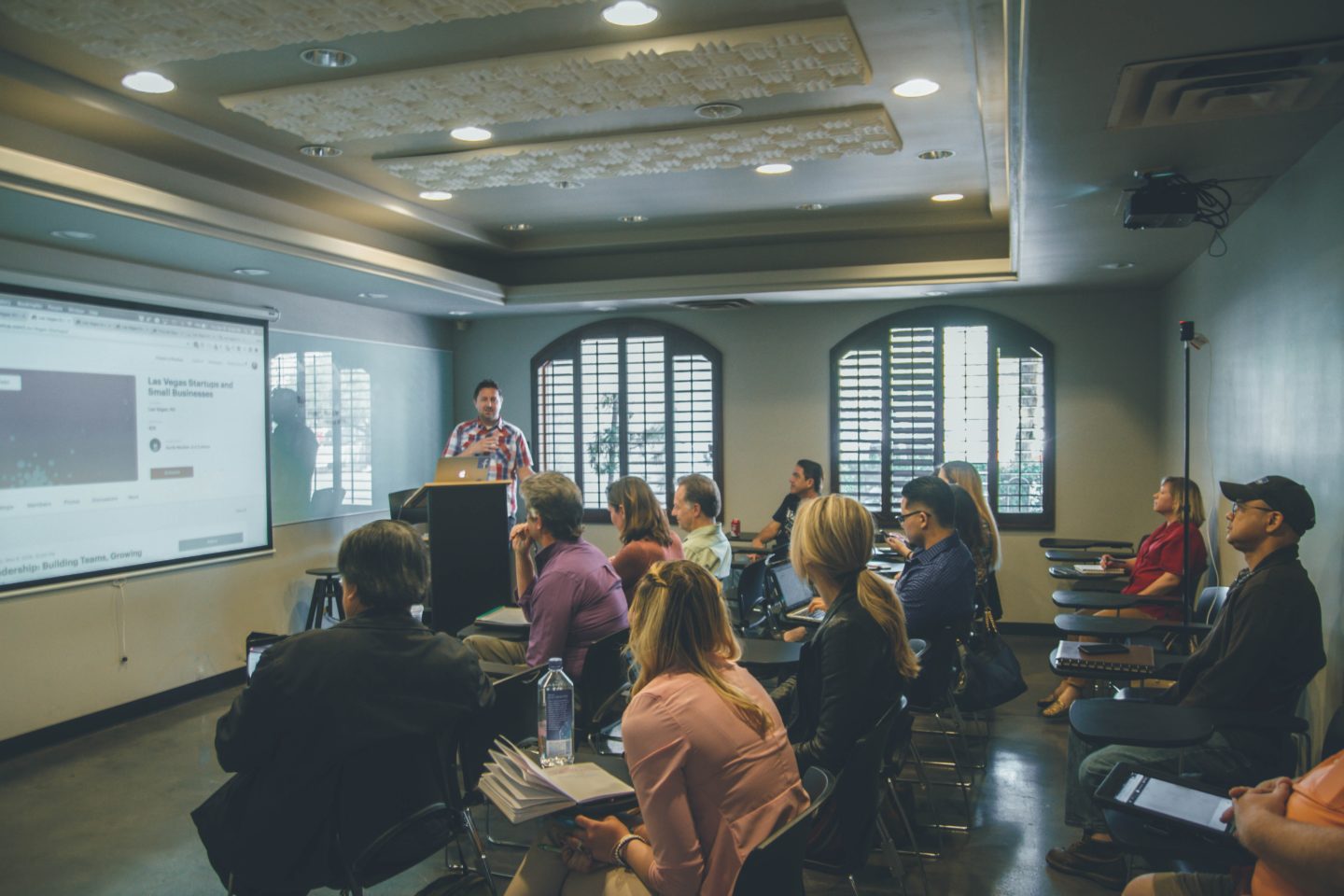SECTIONS model and technology choices
Bates’ (2019) SECTIONS description, in regards to choosing a technology for educational purposes, provides a great framework for choosing what types of technology to use in classrooms to enhance the learning experience for students. Schools all have put enormous amounts of money and effort in acquiring Chromebooks to help students learn in various ways. Chromebooks have various extensions added on to them that help students with their learning, such as QR codes, Google read and write or Google classrooms. Using Bates’ sections model we see that Chromebooks can be an invaluable form of technology that students can use to enhance their educational experience.
I am going to focus on the student, the ease of use and the cost to show the impact that Chromebooks can have in education. Access is available to every student in School District #73 as their personal education number is used to allow them to access the Chromebooks. The school district makes sure that every Chromebook purchased is logged and that all the necessary extensions are added before they are shipped back to the schools that ordered them. This ensures that students have access to multiple resources that can best help their personal learning journey.
Regardless of the type of learner using the Chromebooks there will be something for everyone to use. In most elementary schools, students from Kindergarten to Grade 7 can and do use Chromebooks for many subjects. In fact the hardest task for the youngest students to do is log into their profile, but once on they are able to maneuver through many of the extensions and valuable resources they need.
As far as the cost goes, Chromebooks have come down significantly in recent years, but each one still is a few hundred dollars each. Schools have place a priority on acquiring more to have more students given as much opportunity to learn and use the technology. However, the larger cost is providing schools with enough bandwidth to have multiple classrooms using them at the same time. Wifi issues can also occur, which is another cost to ensure that this does not prevent students using the devices.
Dependence on Technology
As an educator, students are constantly wanting to be connected. At home many students have access to various devices so when they come to the school they want access to similar ones to show their learning. Technology is engaging making it more challenging for educators to balance out the delivery of curriculum because not everything can have technology attached to it. At the elementary level dependence is much lower because technology is not readily available due to accessibility and cost, but when it is available managing it can be challenging. Students have grown up with technology minds and want to access their passions and interests when using devices so it is important for boundaries and rules to be established to help negate dependence occurring. Tasks are mingled with activities so that students get the best of both worlds so to speak.


Bates, T. (2019). Teaching in a digital age: Guidelines for designing teaching and learning (second edition). British Columbia: SFU Document Solutions.
hi R. Styles,
I do think that Chromebook is an app that is easy to learn, it makes our learning more effective. I very much agree with what you said that the intervention of technology makes it more challenging for educators to balance course delivery, because not everything can be added with technology. I think that students have grown to be technically minded people who want to make the most of their enthusiasm and interest when using equipment, so it is important to establish boundaries and rules to help eliminate the occurrence of dependence.